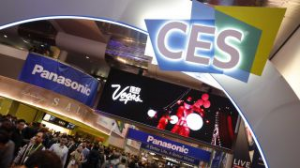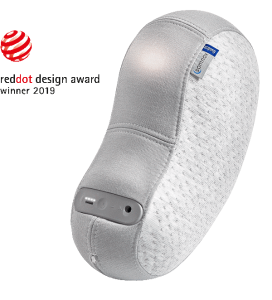Note: This is the first in a series of three on CES 2019 Technology
For the next two articles in this series,
Article 2 of 3: The Next Generation of Wearable Health Technology
Article 3 of 3: Baby Boomers Influence Obvious through Targeted Technology
A good physician is irreplaceable, as is a stellar medical transcription service, but technology is putting more aspects of health care right in the hands of patients.
Just how much research and development has directed toward digital health care was on full display at the Consumer Technology Association’s (CTA) CES 2019 conference in Las Vegas earlier this year — and here are some of the highlights physicians might be interested to learn about.
While there were some really cool gadgets at a consumer level, the health care items were overwhelmingly present, from remote monitoring products, to wearables and diagnostic solutions. It’s clear the health care industry is harnessing technology to create new tools and technologies that will ultimately enhance the patient experience.
According to the Consumer Technology Association, there was an increase of 25 percent in health-related exhibitions, and another 15 percent bump in floor space dedicated to health tech. That’s likely connected to the Baby Boomers generation and the increased numbers of elderly in North America.
We’ll put together a few articles to highlight some of the best new technologies out there, starting with a pair of the most interesting non-wearables in health tech:
Inspired by the importance of sleep: the Somnox Sleep Robot
Shaped like a kidney bean, the Sleep Robot promises to help you get to sleep faster, sleep longer and help you wake up refreshed. It does this by focusing your attention, slowing down your breathing and playing soothing sounds.
It’s basically a cuddle pillow — sorry, sleep companion — that imitates a breathing human chest and emits nature sounds all to help your brain shut down.
A warning to all of those with significant others: you may have found their bedtime replacement.
Driving Mr. Dizzy: Harman’s Neurosense AI car tech
A built-in camera system that can detect a driver’s emotional state according to their facial expressions. Sounds like something out of a TV show, right?
Samsung subsidiary Harman has developed a system that seems to combine all the luxuries of Alexa or Google Assistant into an in-car experience. But the best part is the “cognitive load analysis” feature that uses facial recognition to understand how hard you may be thinking, how much assistance you may need on the road and the ability to help you drive more carefully through features like collision aversion and cruise control compensation.
This may be a long way from commercialism in cars on the market, but it could save lives and trips to hospital.
Up next: CES 2019 Health Tech Wearables The Next Generation of Wearable Health Technology
Final article in the series: Baby Boomers Influence Obvious through Targeted Technology
2Ascribe Inc. is a medical transcription services agency located in Toronto, Ontario Canada, providing medical transcription services to physicians, clinics and other healthcare providers across Canada. Our medical transcriptionists take pride in the quality of your transcribed documents. WEBscribe is our client interface portal for document management. 2Ascribe continues to implement and develop technology to assist and improve the transcription process for physicians and other healthcare providers, and recently introduced AUTOfax. AUTOfax works within WEBscribe to automatically send faxes to referring physicians when a document is signed off by the healthcare professional. As a service to our clients and the healthcare industry, 2Ascribe offers articles of interest to physicians and other healthcare professionals, medical transcriptionists and office staff, as well as of general interest. Additional articles may be found at http://www.2ascribe.com.


